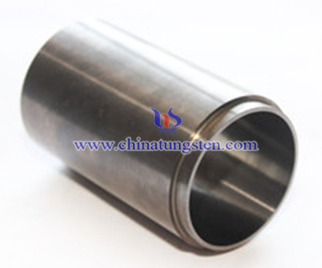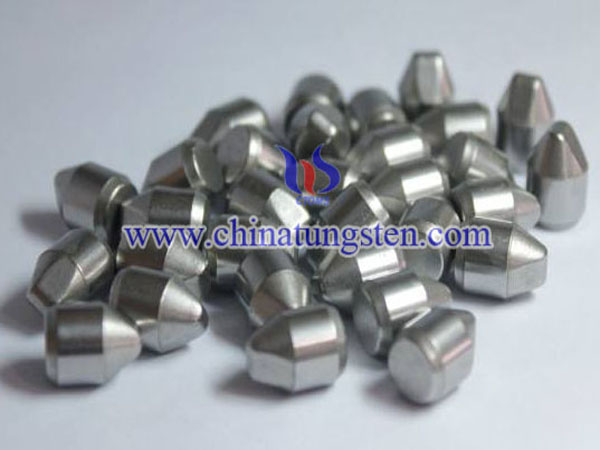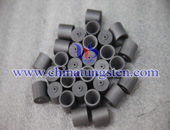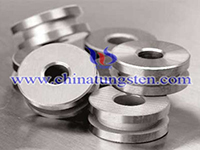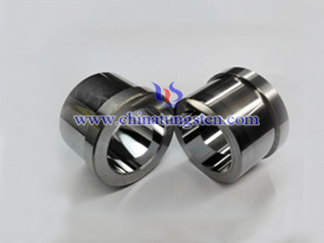Assessing Tungsten Cemented Carbide
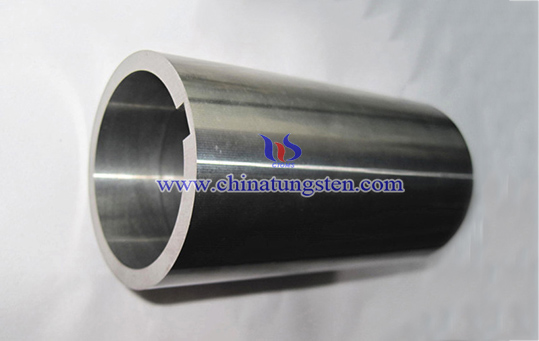
The physical and metallurgical properties of a particular "grade" of carbide are determined by its composition (its constituents and their relative amounts), the size distribution of the tungsten cemented carbide grains after sintering, the binder metal type and content, the quality of the raw materials used, and the workmanship with which the material is made. Those most commonly measured to assess quality and define application areas are described below.
Density or specific gravity is the weight per unit volume of tungsten cemented carbide measured in grams per cubic centimeter (g/cm3). It is essentially the weighted average of the densities of all of the components contained in the product and is therefore a check on its composition. For grades containing only tungsten carbide and a binder metal, the density of the composite decreases as the lighter binder metal content increases.
Hardness is primarily a function of composition and grain size with higher binder metal contents and coarser tungsten cemented carbide grain sizes producing lower hardness values. Conversely, low binder contents and fine grain sizes produce high hardness values. Hardness is directly related to abrasive wear resistance.
Transverse Rupture Strength (TRS) is a measure of the tensile strength of tungsten cemented carbide in a three point bending test performed on standard rectangular bars. It is reported in units of pounds or thousands of pounds per square inch (psi or kpsi), or in Newton's per square millimeter (N/mm2). TRS is perhaps the best measure of the relative utility of individual production batches since it surveys a reasonable volume of material and will detect low levels of critical internal defects. Products having relatively high TRS values are generally applied where shock, impact, or failure by breakage are factors.
Residual Porosity is determined by visually examining the polished surface of a sintered sample at 100X or 200X magnification. In general, edge strength and toughness decrease as the level of residual porosity increases. At high levels of porosity, the wear resistance of tungsten cemented carbide may also be adversely affected.
Magnetic Saturation is the degree to which the metal binder in tungsten cemented carbide is saturated with carbon. It is most useful for materials having a cobalt binder. For a known cobalt content magnetic saturation values indicate how much carbon the cemented carbide contains – from unacceptably low values that indicate the presence of an undesirable carbon-deficient phase (known as eta phase) to unacceptably high values indicating the presence of free carbon (carbon "porosity") in the product. Magnetic saturation is sometimes used as an indicator of relative strength among lots of a specific grade.
Coercive Force is the strength of the magnetic field required to demagnetize a fully magnetized tungsten cemented carbide sample. Coercive force is typically measured in oersteds (Oe). The coercive force measurement depends on many factors including composition, sintered grain size distribution, residual porosity levels, and others. It is sometimes used as an alternative indication of hardness, but is best interpreted in combination with other properties as a measure of overall grade uniformity.

